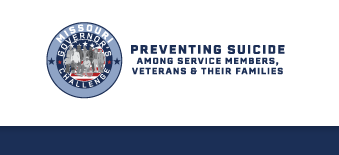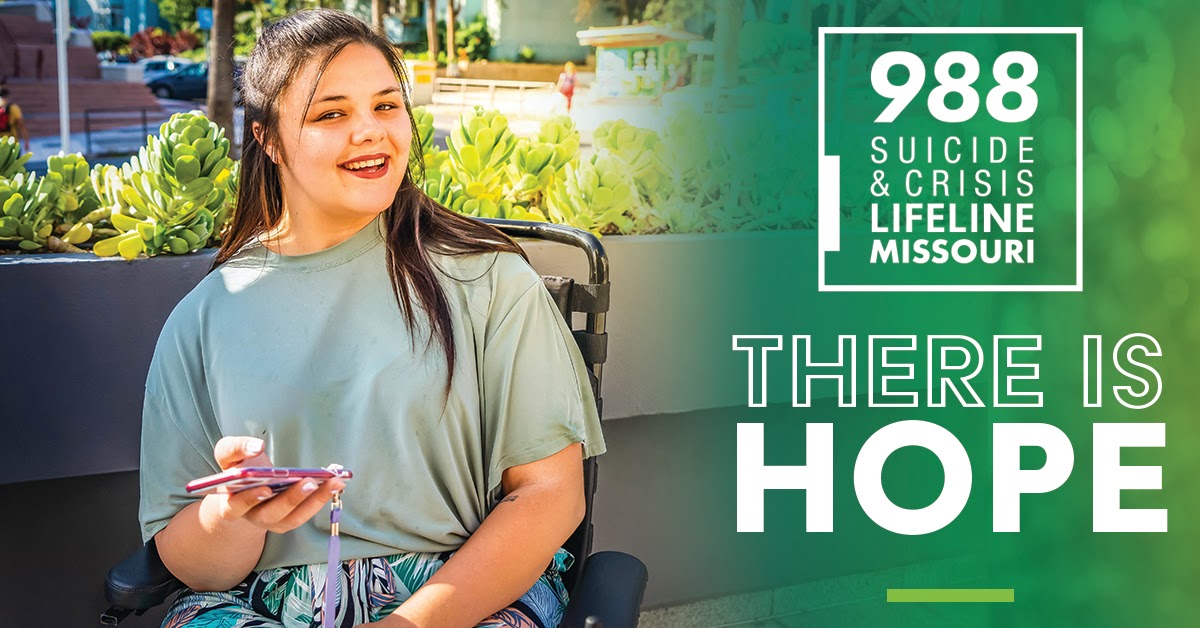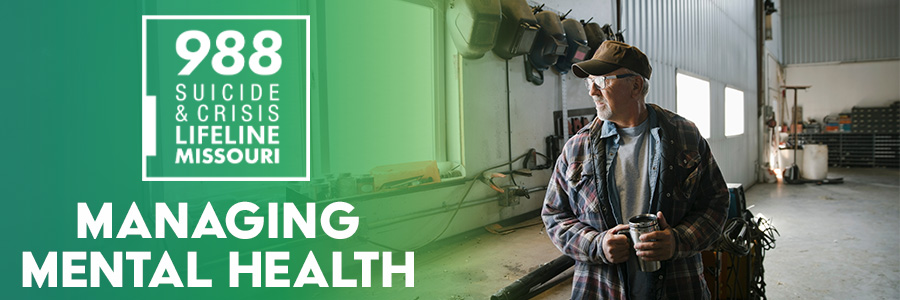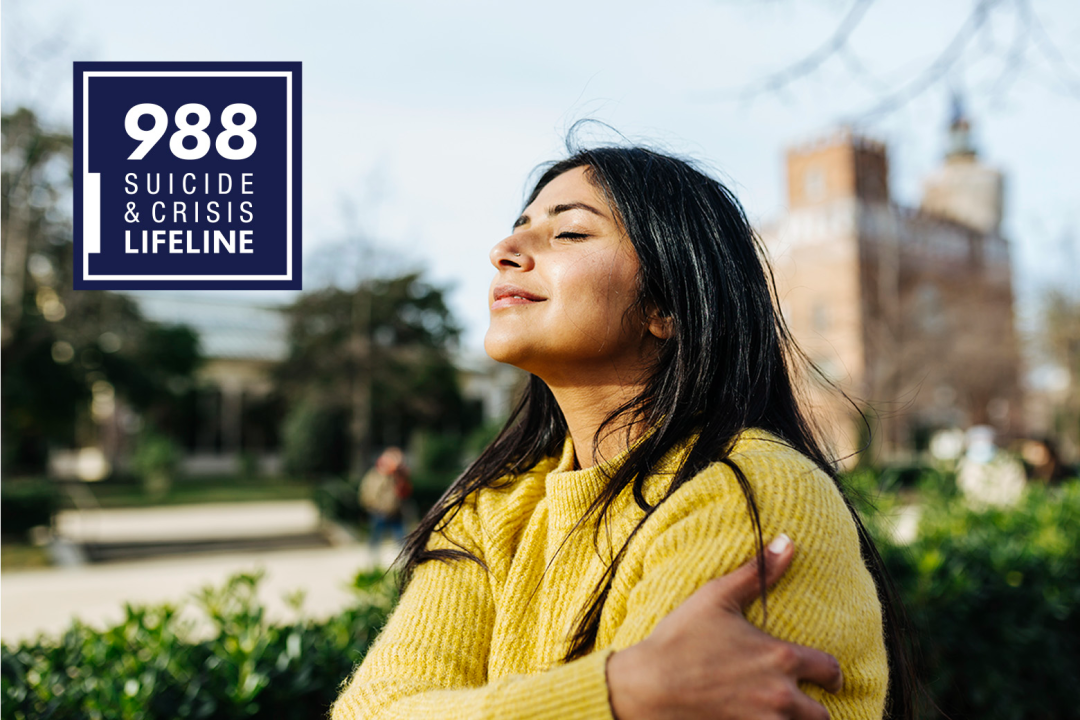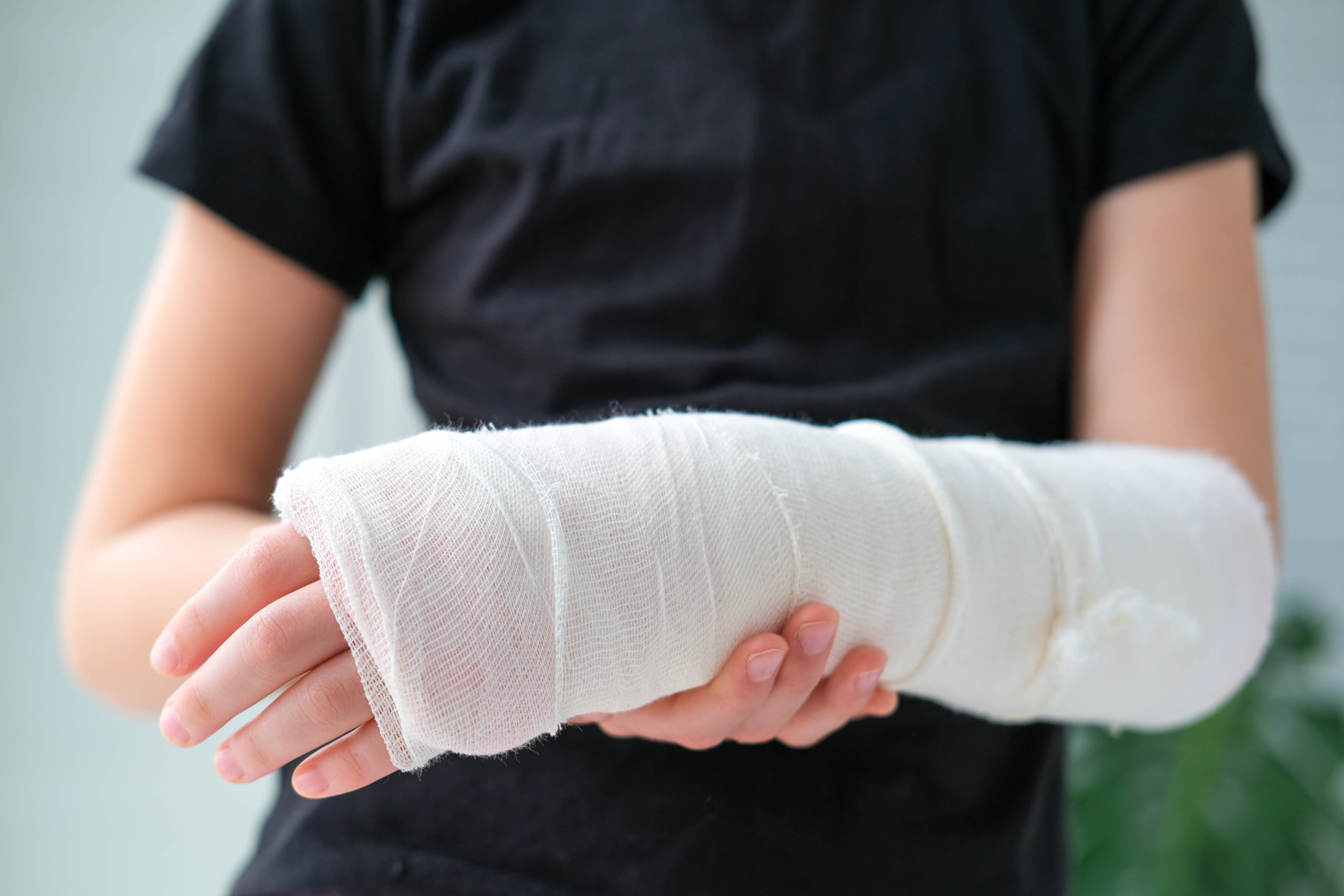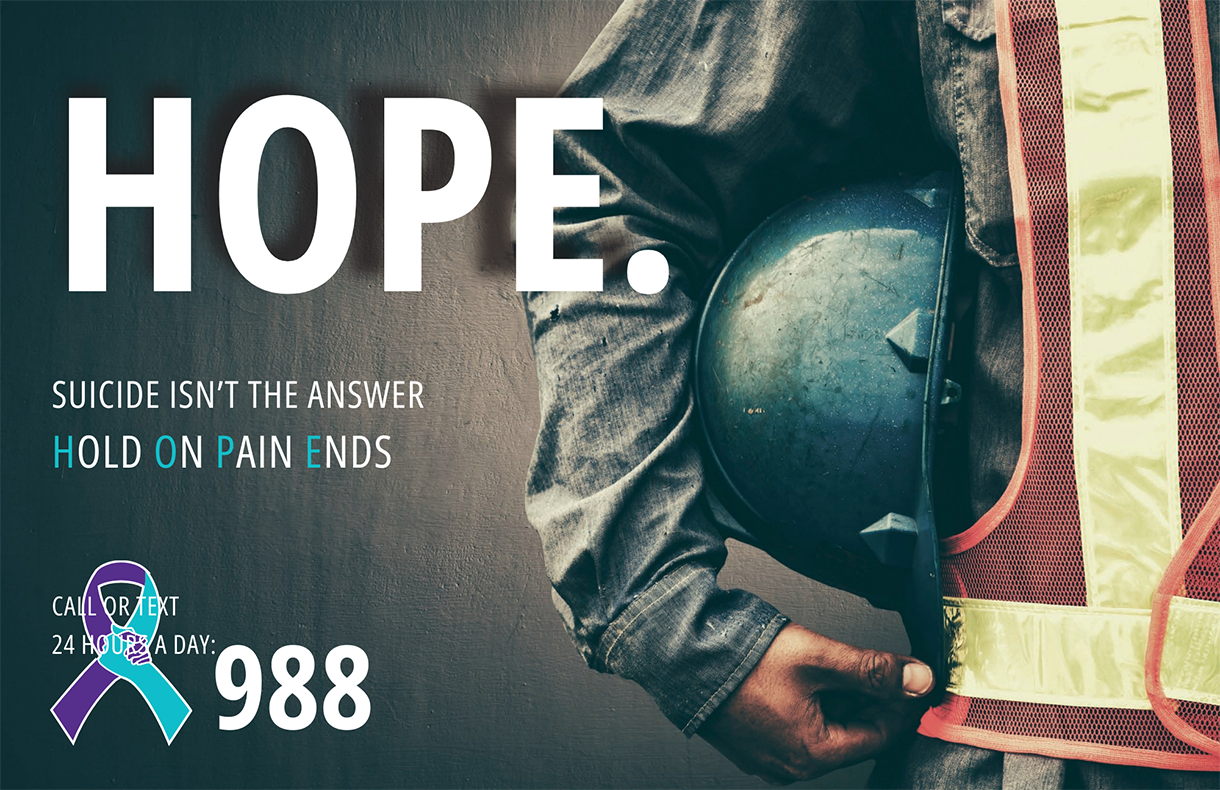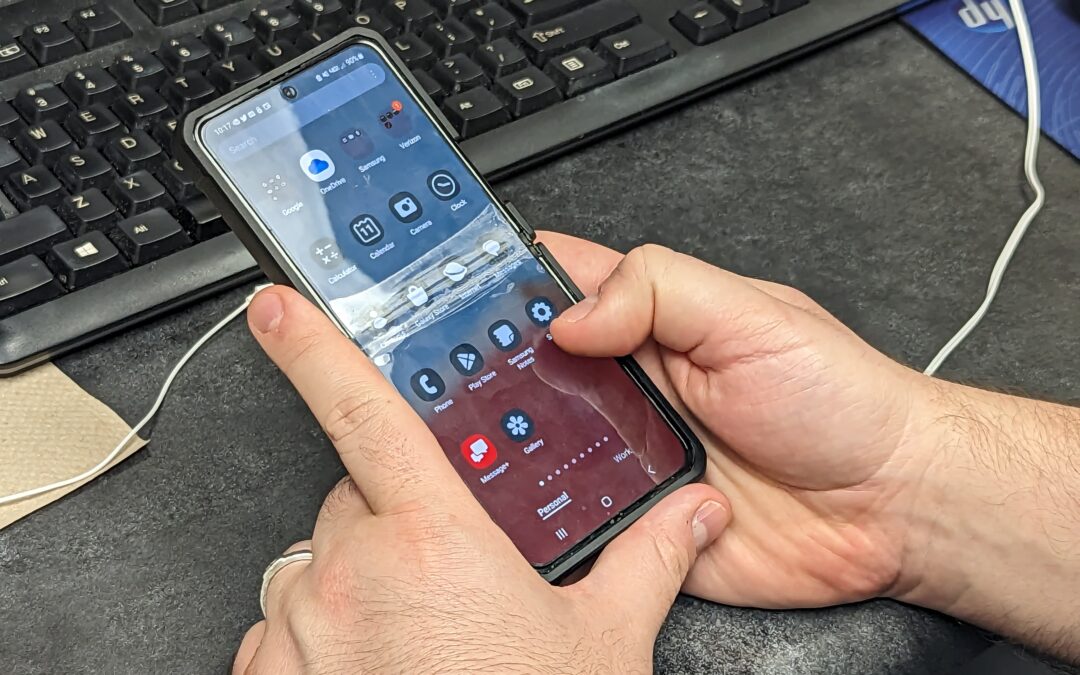Dr. Larry Davidson was clinical director at the Connecticut Mental Health Center, a state-funded mental health center run by Yale’s Department of Psychiatry, when he helped broaden the concept of psychiatric rehabilitation through the Psych Rehab program. In New Haven in the late ‘90s, clinicians sent people who needed rehab to Fellowship Place, a clubhouse-like, private nonprofit program that first opened its doors in the ‘40s. “It has long been an anchor in the New Haven service community, but the program lacked supported employment, education, career development and psychosocial services,” he says, “so we helped them further develop those areas.”
Davidson and his colleagues started by training practitioners in the basic essentials of psychiatric rehabilitation and developing relationships with community partners who would employ some of the program’s clients. “The program quickly grew.” The aim was to infuse the clubhouse with hope and provide support and connection to resources.
He notes that Fellowship Place had many older members who had been there for years; however, it wasn’t tailored to address the needs of young people. This was around the same time the field of psychiatry had started developing early or first-episode psychosis intervention. In 2019, Dr. Lisa Dixon shared with #CrisisTalk that the longer the duration of untreated psychosis, the poorer short and long-term outcomes. Davidson says both psychiatric rehabilitation and first-episode psychosis intervention were part of a shift in thinking regarding the quality of life a person with serious mental illness could expect to have. “Before that, people were basically told to give up all hope of ever having a life,” he says.
Psych Rehab is part of the Yale Program for Recovery and Community Health, a program Davidson and colleagues started in 2000. “It’s primarily a research and policy program.” The program is part of the Connecticut Mental Health Center and focuses on rehabilitation and community living and works in conjunction with the Connecticut Department of Mental Health and Addiction Services. “We try to shift the priorities and the practices of staff within the larger behavioral health system and away from a chronic maintenance model of, ‘You’re never going to have a life again, so don’t bother us.’” Instead, the program focuses on areas of remaining function as a launching platform to further develop and help people live healthy and fulfilling lives.
Community provider agencies performed the actual rehabilitation work. However, Psych Rehab did the research, training and tried out new interventions through randomized trials, establishing evidence-based practices. “We ended up expanding statewide.”
What Davidson found most troubling was the continued narrative that people diagnosed with a serious mental illness needed to “resign themselves to impoverished, lonely, empty lives.” “That was the message said to everyone across the board, no matter if they were young or old — that was very distressing.” However, he also realized people couldn’t just be removed from the hospital setting and into the community without transitional support.
In a study conducted by Psych Rehab, researchers interviewed people in the aftermath of a state hospital downsize. Long-term patients who had lived in the hospital for a decade had been relocated back into the New Haven community. In terms of quality of life, Davidson was surprised to discover little difference between the two, except people felt lonelier than they had in the state hospital. “They were sitting in their apartments alone, feeling isolated and despairing, with empty time on their hands.” The assumption had been that once back in New Haven, they’d become part of the community, but that hadn’t happened on its own. “We quickly discovered more needed to be done.”
Loneliness continues to be an ongoing challenge in the Covid pandemic aftermath. While it’s unsurprising that people felt lonely during physical distancing requirements, many, especially those facing mental health challenges, have continued to feel so even as they’ve toggled back to day-to-day in-person living. For instance, the percentage of youth who contacted YouthLine — a peer-to-peer support helpline at Lines for Life in Oregon — because of loneliness increased slightly between March 2020 and June 2022. The percentage of youth outreaching the line over mental health concerns more than doubled in that time frame, from 17 percent to 35 percent. Davidson says people who experienced inpatient hospitalization have expressed loneliness and not feeling welcome or included in the community once they left the hospital. Peer connection, informal and formal, can help people feel less lonely in the pandemic aftermath. “It’s a core rehabilitation strategy.”
As people began reentering in-person living and new normalcy, there wasn’t a guidebook, and for many, it was a bumpy transition marked by repeated closures and uncertainty. In January 2021, Dr. Robert Roca shared that even more devastating than the continued pandemic and isolation for older people would be if the virus waned and then there was another peak. “That’s going to be a real test of resilience for us all if we find ourselves more intensely locked down and having to adapt our lives yet again.” He said the continued uncertainty and adjustment would wear on people’s patience and fray their defense mechanisms. “When people’s confidence in the future wavers is when the most dire psychiatric events happen,” he said.
Davidson says he hasn’t seen a sense of community fully rebound in New Haven, a shift similar to hospital closures that can’t be expected to happen without deliberate efforts to facilitate connectivity. People who lacked sufficient support before the pandemic, or who had support fall away during it, especially need transitional assistance. “If they were estranged from families and friends before Covid, that’s going to make it all the harder for them to have any kind of support now,” he says. “They were already at a disadvantage and are disparately affected.” Davidson believes communities can learn from the peer movement to help support people reintegrate to post-pandemic living.
When Davidson helped develop peer support programs in New Haven, the concept was to provide social contact in a relationship where one person was doing a bit better than the other. “That would help the person struggling and create credibility because the peer had been there themselves.” They’d go to baseball games, go hiking and sip iced coffee or tea on a hot summer day. “One interviewee described spending time with their peer support person as long conversations and bottomless iced tea.”
At that point, peer support was primarily informal. Davidson and his peers worked to develop evidence-based, peer-led peer support specialist training. “We learned a lot along the way.”
He highlights that many environments — whether schools, churches, and other community organizations — have established frameworks to develop and further expand peer support and connectivity. “Most of us get our peer support on a daily basis from the people in our lives but we don’t think of it as peer support.”
What he’s found is that peer support services foster joy in daily living, helping people regain or restore everyday activities that may seem trivial but give life meaning and purpose. “It’s also motivational — people find gainful employment, further their education and begin reclaiming their life in all the ways people might do so.”
Source: Combating Loneliness With Peer Connection – #CrisisTalk (crisisnow.com)


